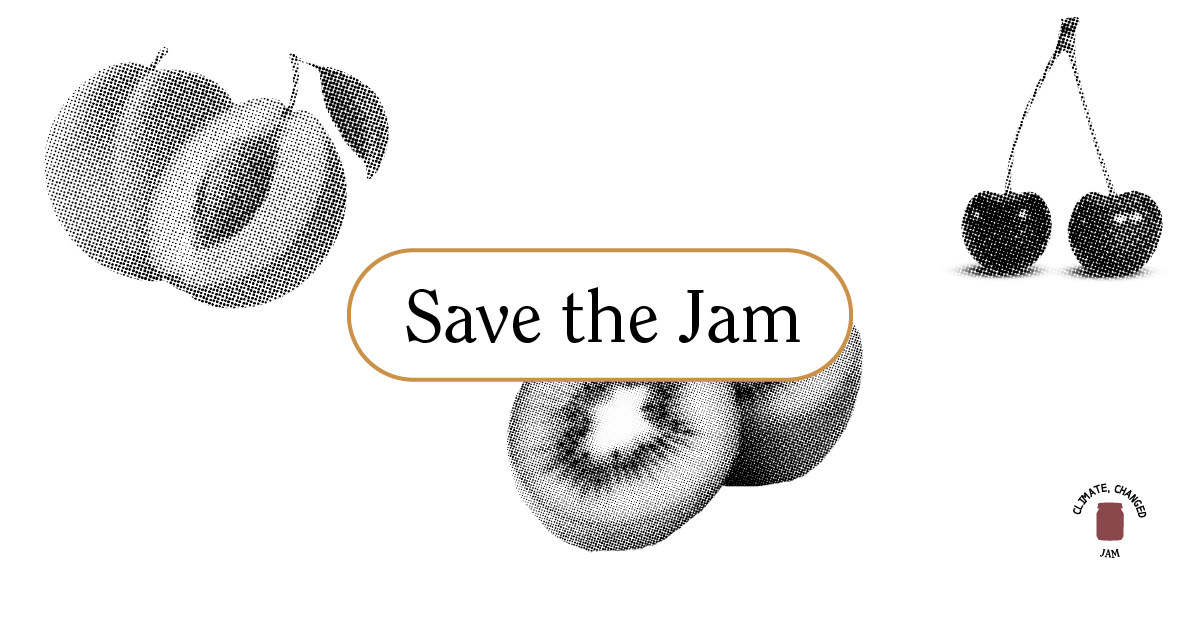SAVE THE JAM
Changing climate spares none, from the earth to the products of its fruit. For Part 1 of Currant's Climate, Changed series: Five jam producers across the U.S. detail how weather extremities affect their farmers and fruit sourcing—foreshadowing dangers to come for our beloved pantry staple.
A warm thanks to the producers who provided their insights over the summer of 2021:
• Ayako & Family’s Alessandra Gordon, Seattle
• BRINS’s Kristyn Swingle, Brooklyn
• INNA’s Dafna Kory, Emeryville
• Jamboree Jams’ Sara Levasseur, New Orleans
• Trade St. Jam Co’s Ashley Rouse, Brooklyn
Answers have been lightly edited for grammar and clarity. Images were shot in Ayako & Family’s production kitchen.
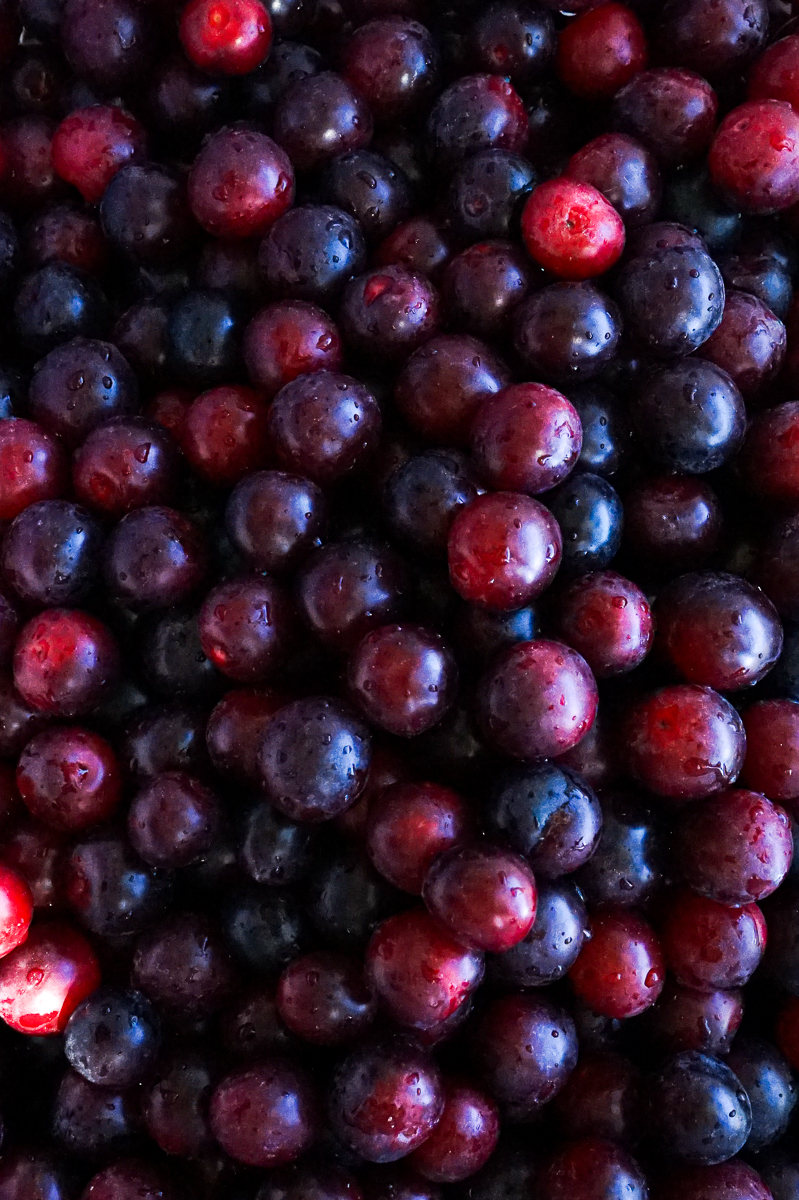
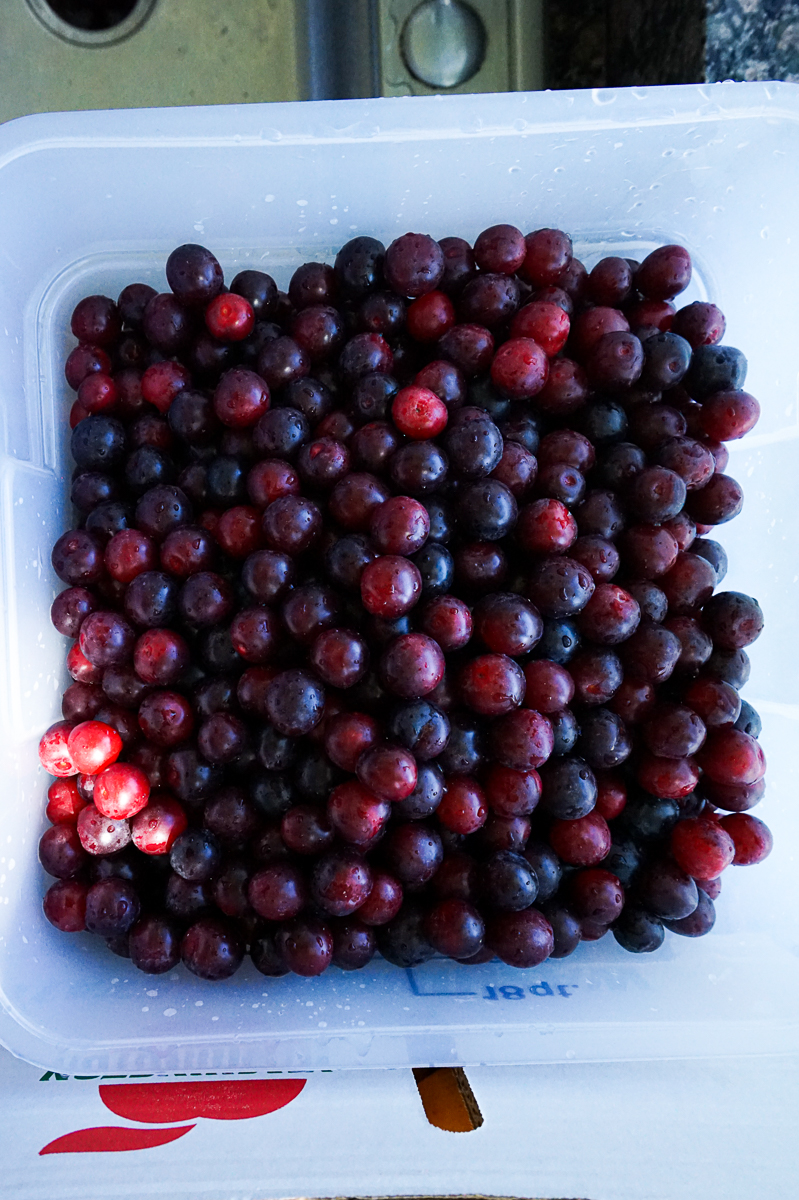

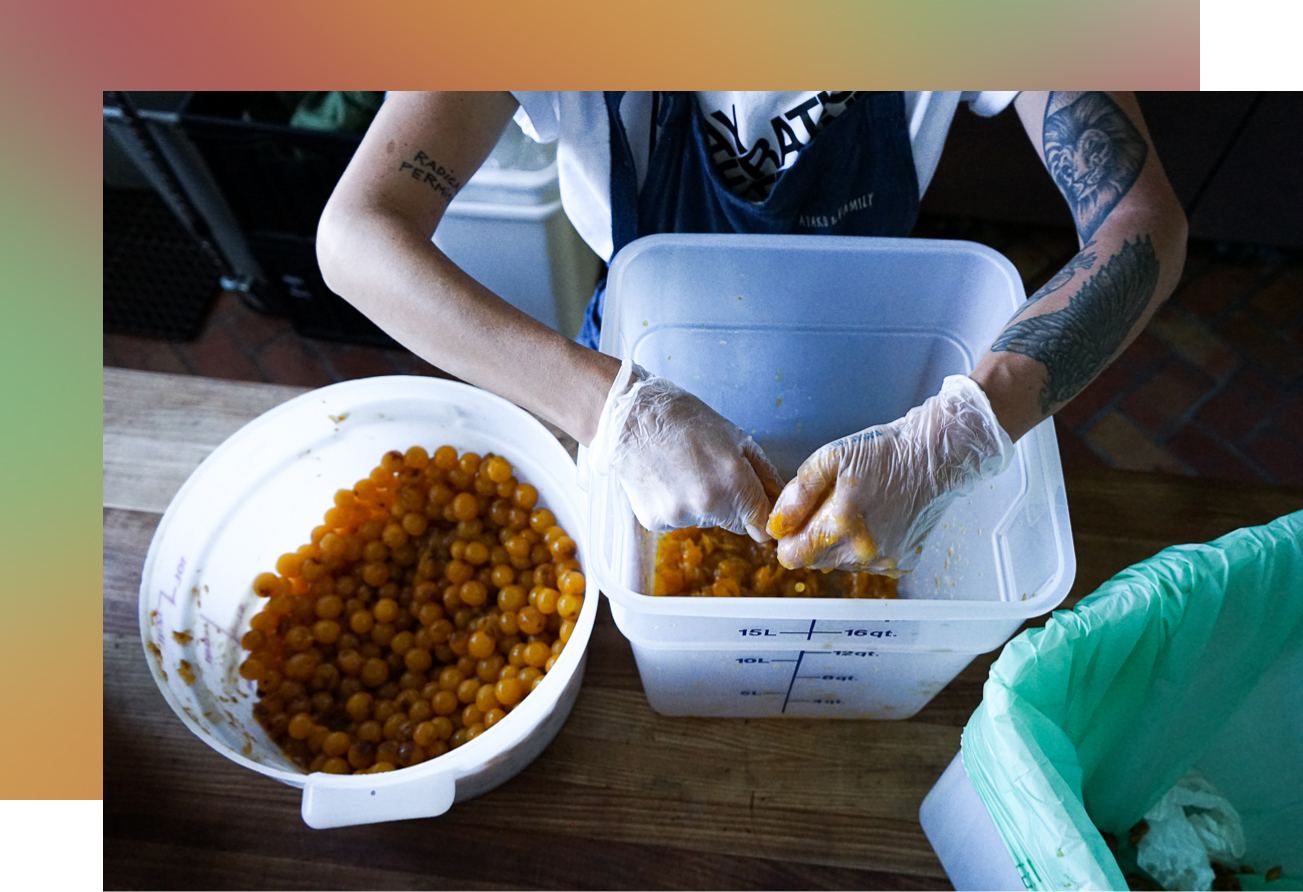
Generally, what regions do you source your fruits from? If there are specific farmers or farms you’d like to share, please do!
Ayako & Family: We source all of our fruit from Washington. All of our stone fruit, apricots and plums are sourced from Mair Farm-Taki, a Japanese owned and operated 36-acre farm in Yakima. Our partnership with farmer Katsumi Taki spans 12 years now, and it was my mother and his meeting over a decade ago that initiated this collaboration and continues to fuel our products and their development over time. We source roughly 15-20 varieties of plums depending on the year, most of which are proprietary, hybrid varieties.
We are deeply intentional about our sourcing and fruit vetting practices, and our aim is to work exclusively with immigrant or QPOC food growers and farmers. We are lucky to have, In the past year, expanded our supply chain to a century old historic Japanese founded farm, Suyematsu Farm, on Bainbridge Island outside of Seattle. The farm’s history, inextricably tied to the family’s internment and the resilience required to maintain the farm after their return, is what drew me to their berries, which stand on their on, aging on 100 year old vines, as otherworldly and unprecedented in depth and clarity of flavor. We have since introduced single variety Rainier strawberry and Meeker raspberry jams to our collection.
Our rhubarb, both green and red varieties, are sourced from Oxbow Organic Farm and Conservation in Carnation, Washington.
Ayako & Family Fruit Sourcing Map
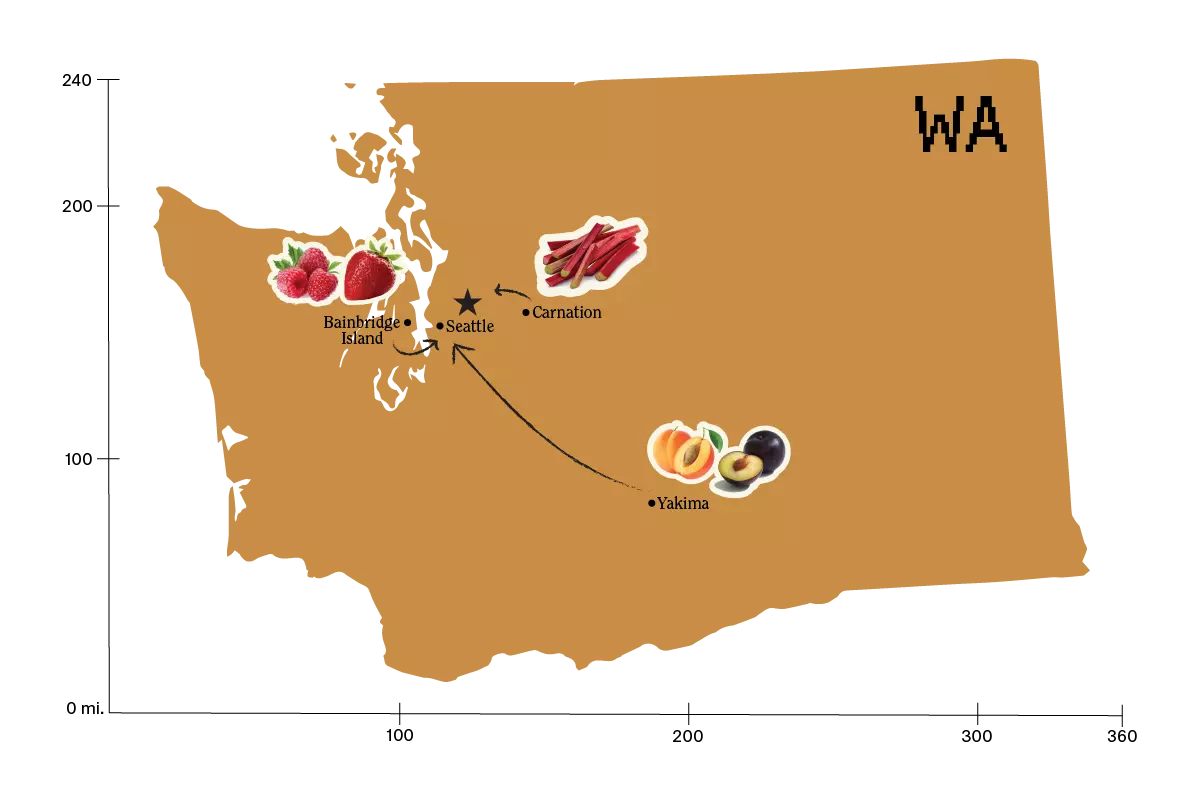
Jamboree Jams: I source my fruit from the ‘gulf south’. All my citrus and figs come from Lester L’Hoste in Braithwaite, LA. Strawberries from Ponchatoula, LA. Blueberries from Poplarville, MS. Blackberries from Independence, LA. Peaches/Plums come from further North in Pontotoc, MS.
Jamboree Jams Fruit Sourcing Map
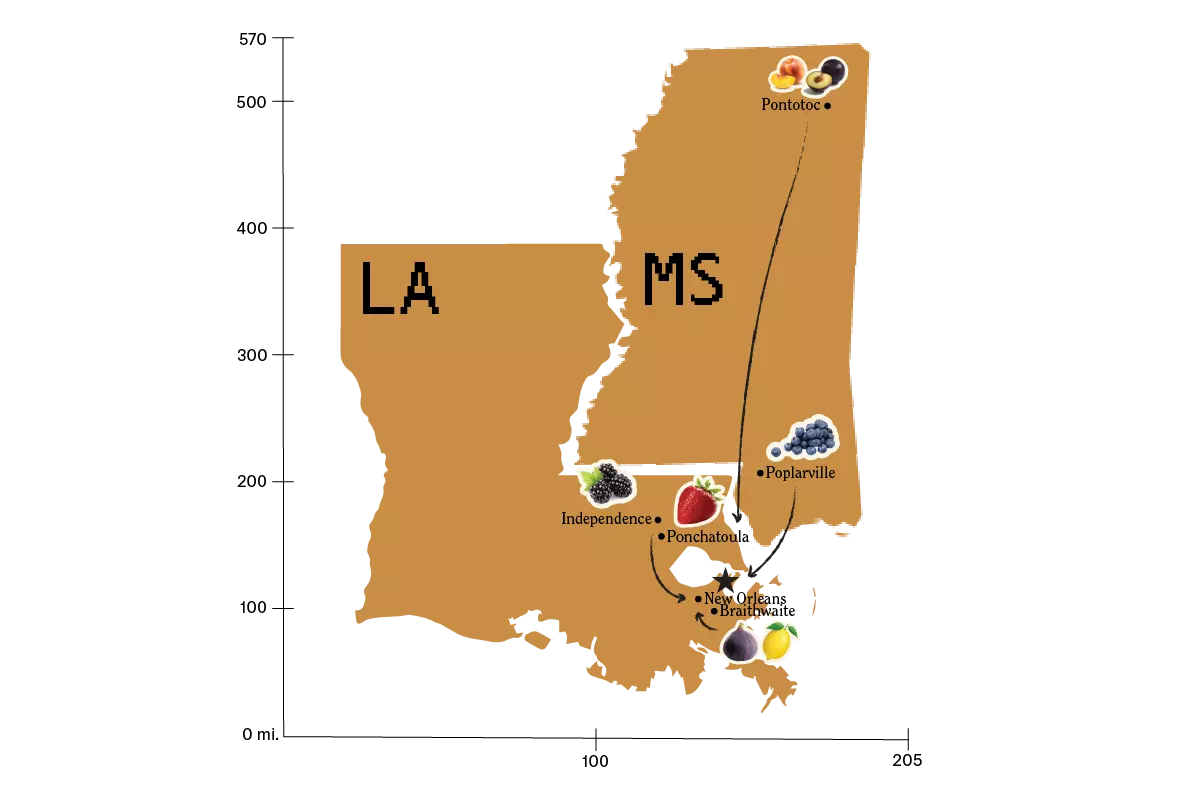
INNA: I generally source our fruit from our local region. Most of the produce we work with comes from within a 200 mile radius of our Emeryville kitchen: 70 miles north of us is in Sonoma Valley’s Healdsburg where our blackberries are grown, along the edge of the Russian River. 90 miles south of us is cool and coastal Watsonville’s strawberries and nearby, nestled against the hillside, is Corralitos with its meyer lemons. 20 miles east of there, on the other side of the Santa Cruz Mountains are Gilroy’s few remaining apricot orchards, and then across the Diablo Range and southeast into the Central Valley is Parlier’s plums and peaches. Making our way northeast through the Central Valley are more stone fruit in Linden’s orchards, and continuing to the northernmost reaches of the Central Valley’s is Cornings, with its hot and dry weather and luscious figs. We’re fortunate to work in an incredibly rich agriculture region.
INNA Fruit Sourcing Map
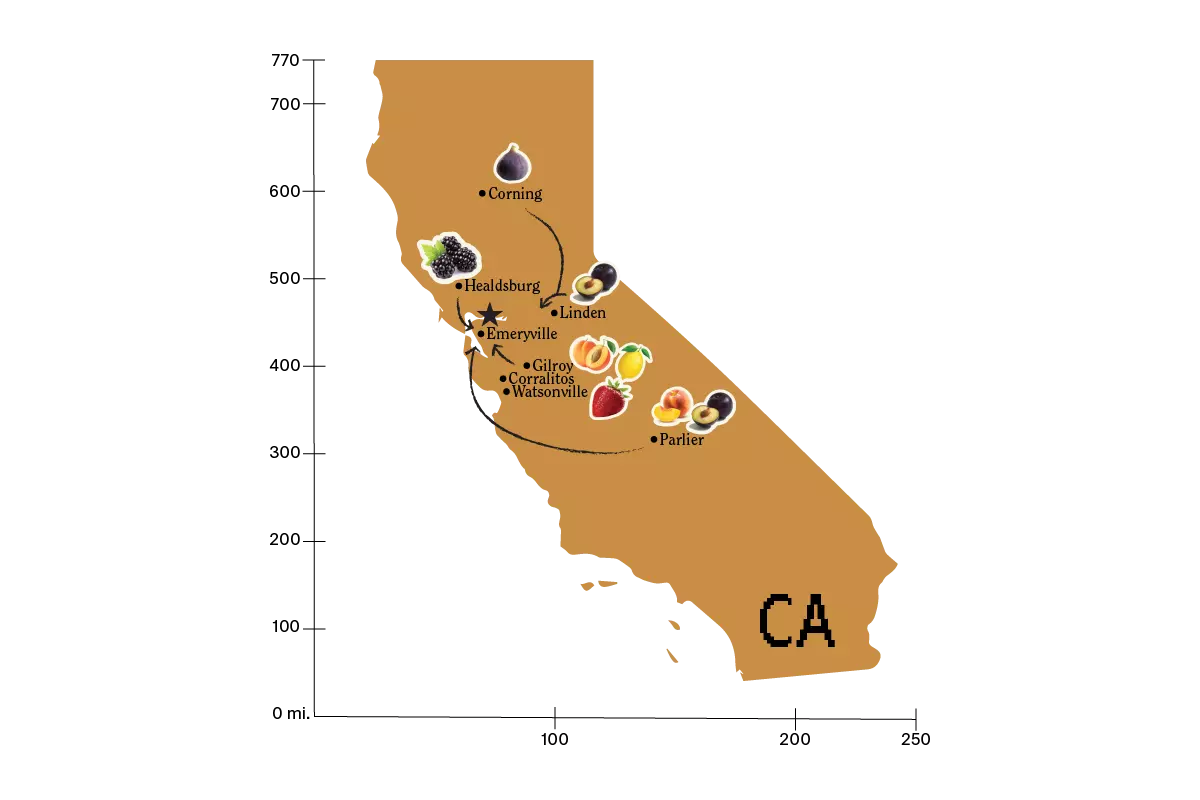
When did you start your company? Since then, how has the availability of the fruit you use changed? What have you seen and heard, anecdotally, from your sources about the types of fruit they can produce?
INNA: I started INNA in 2010, and while I still work with some of the same growers from the earliest days, I have also built relationships with many other farmers over the years. The availability of the fruit we buy from local farmers has always been subject to the effects of the weather, and during the harvest seasons I watch the weather closely.
Rain will damage strawberries, a freeze will ruin citrus, a flood will drown the roots of perennial plants, wind and rain will hinder fertilization on stone fruit blossoms, and a heat wave will damage most ripening fruit.
BRINS: BRINS started in 2015 as a means of preserving the many herbs & fruits my family would send me from back home in Louisiana. Since then, we’ve seen significant volatility in the fruit market, specifically in citrus fruits & bananas. While citrus trees have been affected by both disease and unseasonable frosts, another issue we face is the competition and quality of the fruit that ends up ripening and being of good quality. Since we process the fruits rather than just eating them raw, certain aspects such as acidity and water content can greatly affect, or even make or break, the jam. Additionally, banana crops have been battling variants of a very serious fungus for the past few years which is driving up cost while lowering availability and quality.
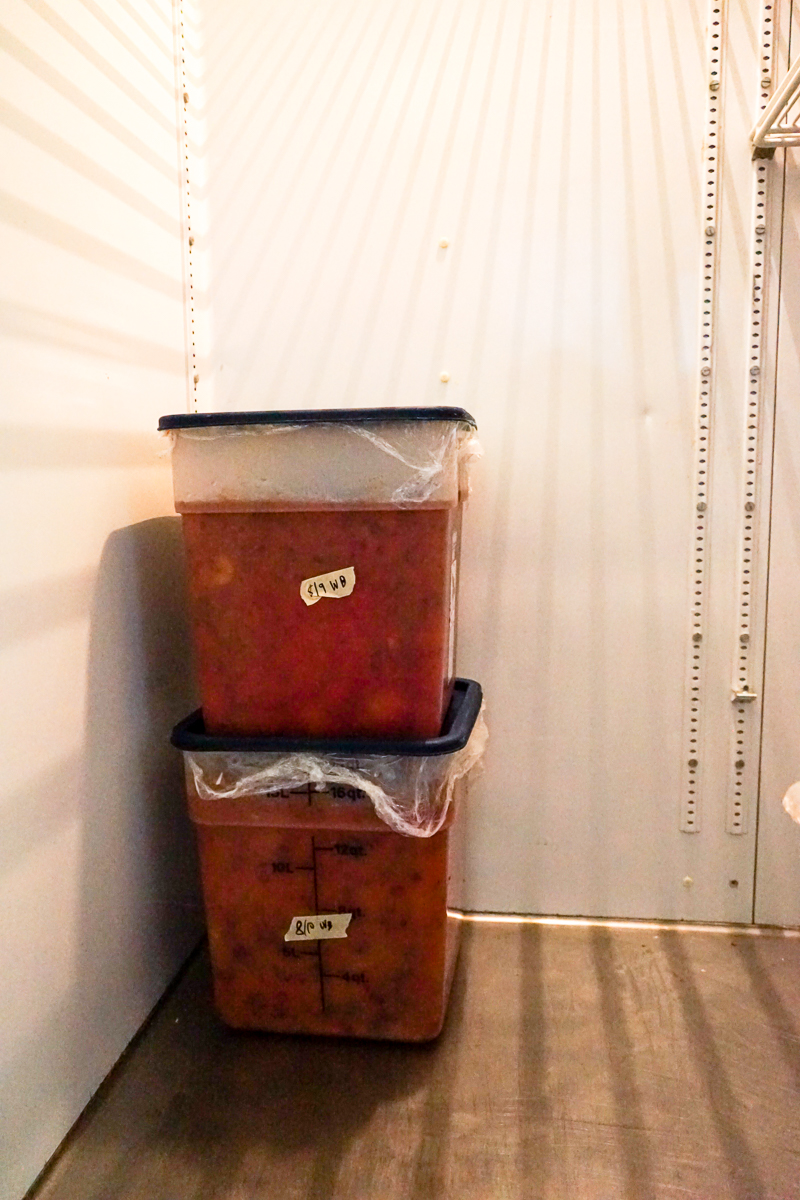
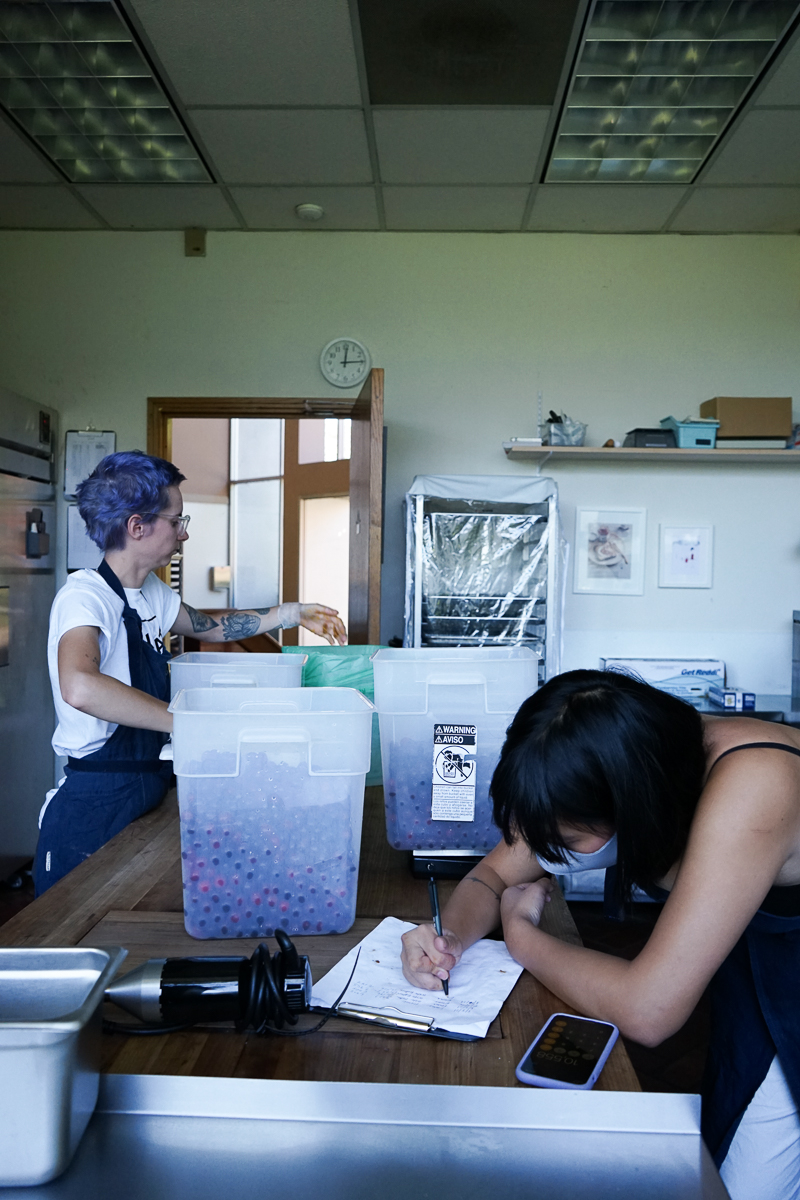
Over the years I have learned to be prepared for weather-based crop failure, which results in us not getting the fruit we need to make sufficient jam to meet demand.
The main change I’ve seen in the last 11 years has been with strawberries: When I first started INNA, the albion strawberry was the ubiquitous commercial strawberry grown in Northern California. Since then, it’s been mostly replaced by the Monterey strawberry. I’ve been told that this is because the Monterey strawberry has higher yields per acre. I don’t know if there are factors related to climate that are impacting this shift as well. (I suggest talking with UC Davis’s Strawberry Licensing Program.)
Ayako & Family: My mother, Ayako, founded the company in 2009. In the last decade of business and doing work so directly with farmers, without distributors, we are in constant dialogue about the fruit, their operations, the labor required, how the changes in climate impact viability of the fruit from year to year. I speak to Taki San usually 3-5 times a week now; especially with the rising temperatures and fires here in the Pacific Northwest and with labor shortages due to the pressures of global capitalism on small operations and their laborers, the availability of the fruit, of course, changes dramatically.
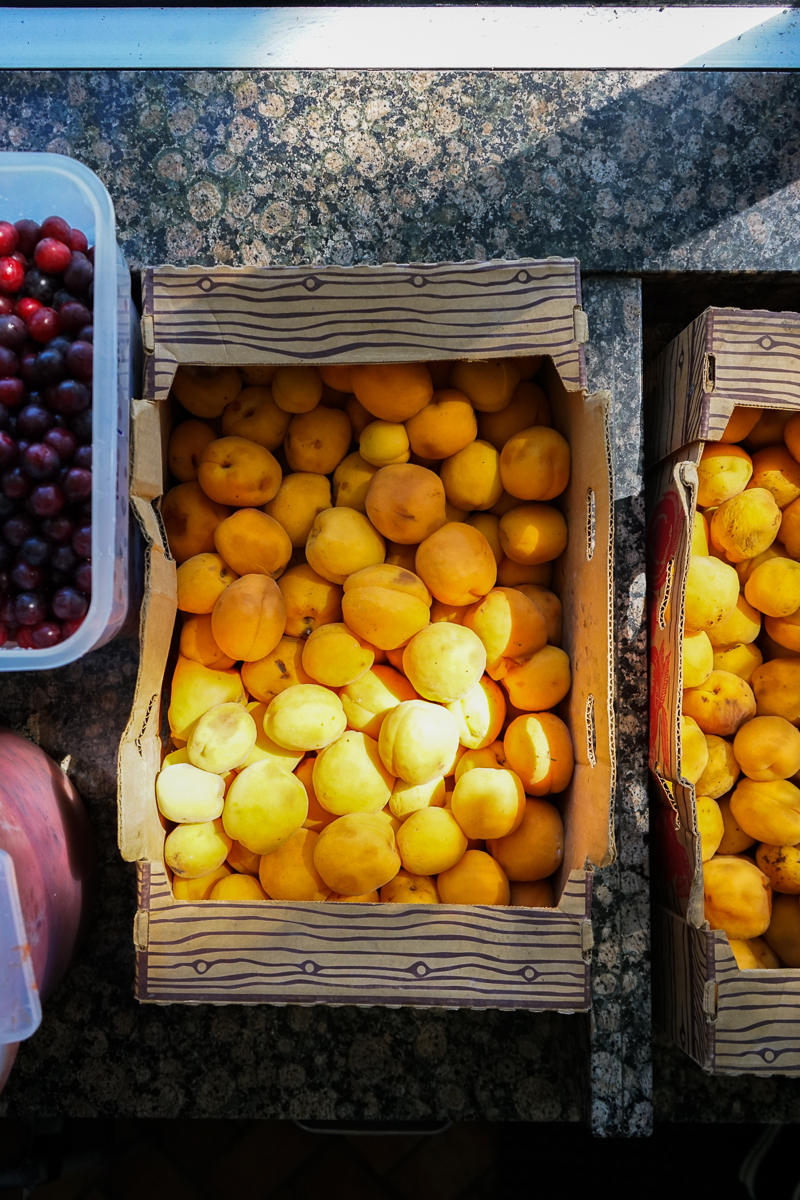
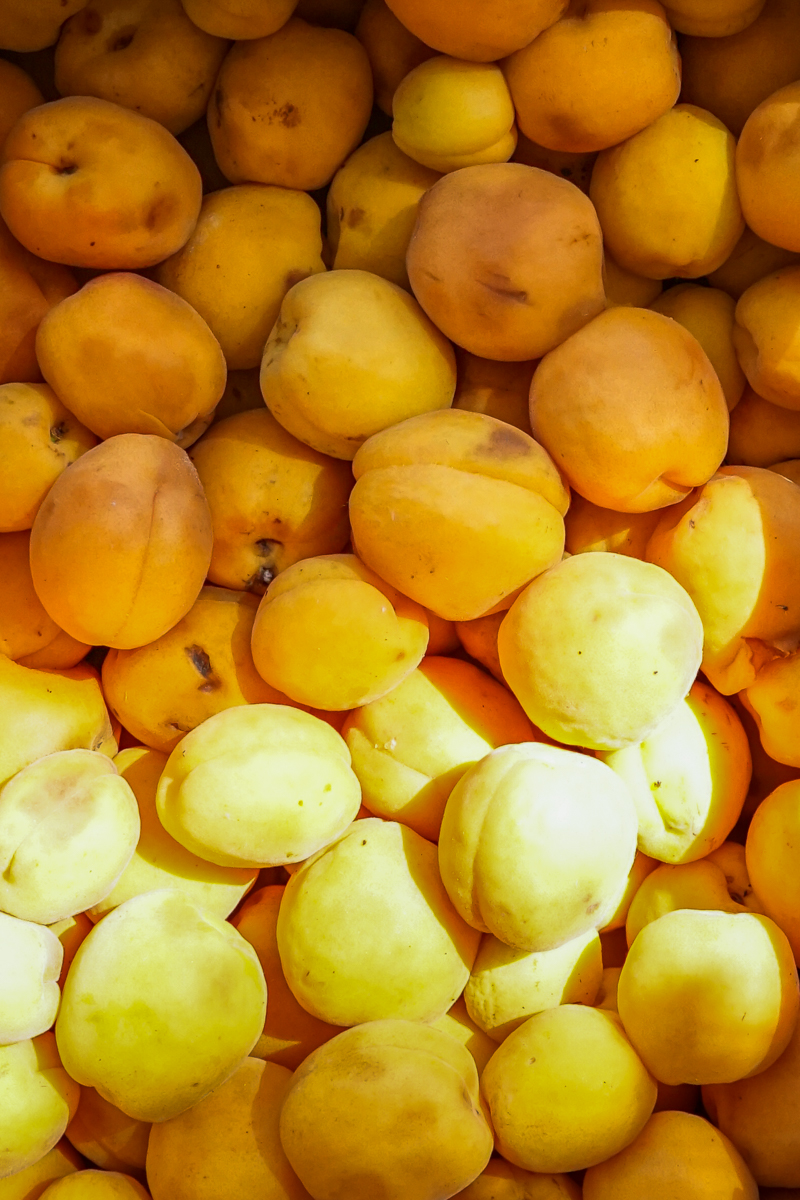
While we aim for consistency of product from year to year, we know and expect changes to the fruit; a part of regenerative and sustainable farming, we’ve learned over time through these farms, is adaptability and innovation and heeding to what is occurring organically (and let’s face it, inorganically) in nature. My farmer, for this reason, has a vested interest in growing new varieties of plums each year, grafting wild cuttings with those existing on the farm. We change with the fruit, we listen. It’s a part of our production practice to respond to those nuances when the raw, whole fruit is delivered from the farm. And our customers, in turn, expect some of these variances. It’s the beauty of working with small farmers who can really move with the tides.
Jamboree Jams: I started my company in New Orleans in 2016. Each season is different and the cost of fruit often varies accordingly. Last year excessive rain made figs more expensive. This will likely be the case again this year. [One of our farmers] Lester has spoken about expanding into papayas since they are more amenable to rain. Hurricanes also have a big impact on fruit as they can knock citrus off trees and ruin an entire crop for certain farmers depending on their location on the storm path. I’ve had to switch farmers a few times as a result.
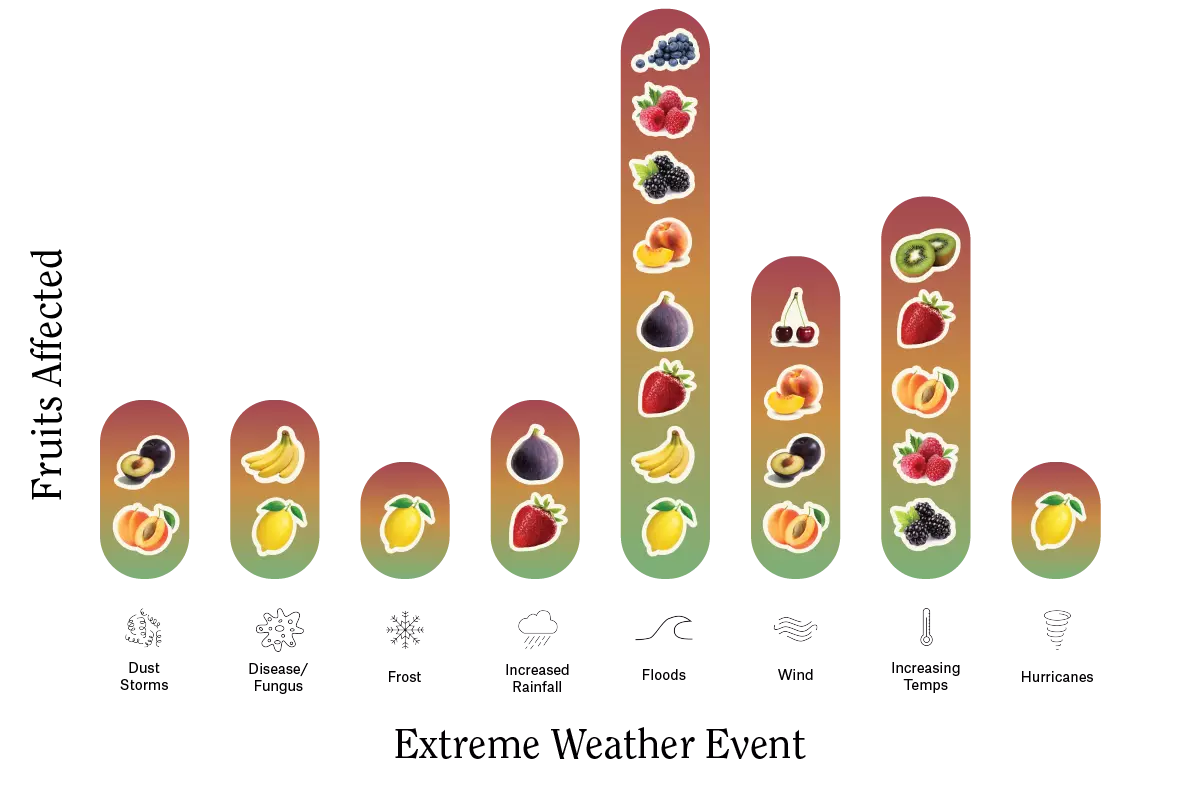
Note: The above infographic is based on producer anecdotes and may not be representative of all weather effects on fruit.
In your area, has there been an increase in extreme weather—forest fires, droughts or storms, very high or very low temperatures—from when you first started making jam to today?
INNA: Absolutely. As of a few years ago, fires are suddenly massive and long-lasting (the 2020 LNU and CZU Lightning Complex fires destroyed many farms), and when the air quality in our area reaches unhealthy levels, we’re unable to work because our kitchen hood system pulls in outside air.
We’re in the midst of a drought (ed note: summer of 2021), which has been a compounding reality here for a decade, as our water sources are increasingly depleted. The cost of water for farmers have been increasing rapidly for years, but it seems like now there’s not even water to buy. (I suggest talking with Front Porch Farm.)
Very high summer temperatures “cook” the fruit on the plants, destroying it. We've seen this increasingly happen with soft delicate fruit like apricots, blackberries, raspberries, strawberries.
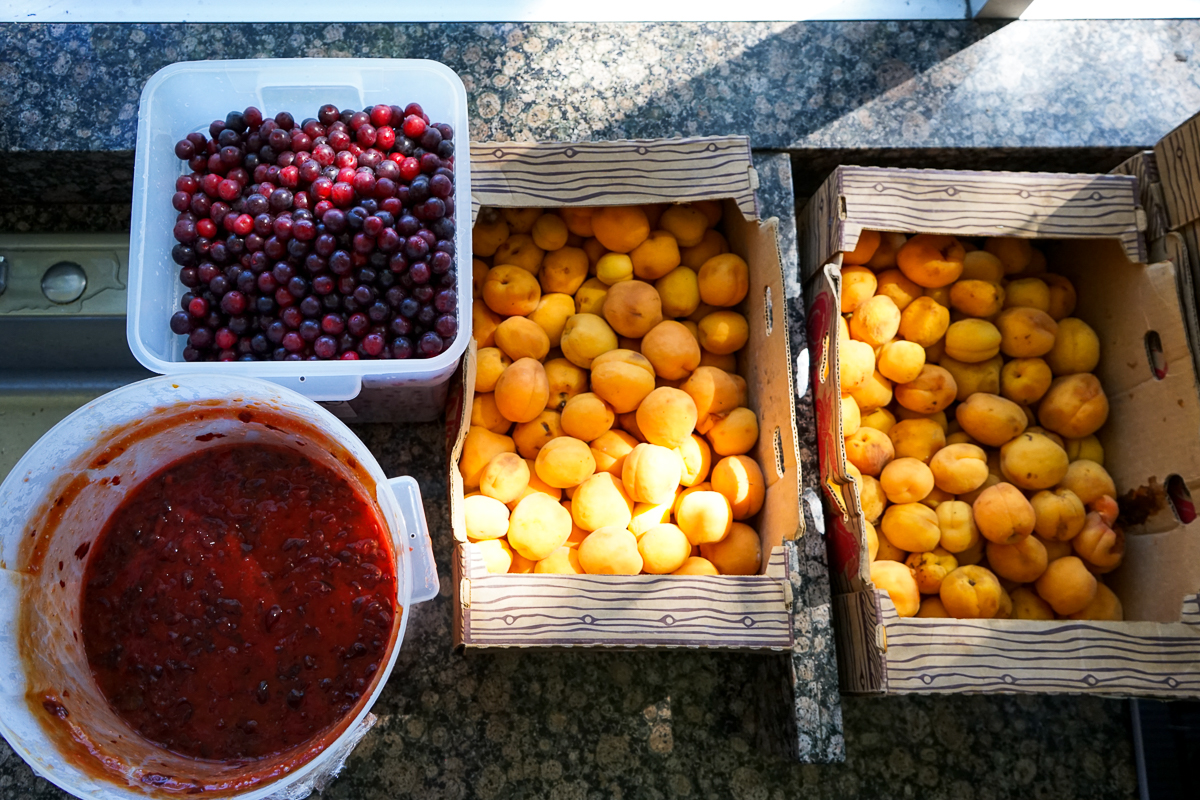
Trade Street Jam Co.: In the New York and New Jersey regions where our jam is now made, there has been a slight increase in warmer temperatures. It's also forecast that the area will see a significant rise in sea level along the coast over the next few years. But we have not yet seen these predictions affect our production.
Ayako & Family: Definitely. In fact, Seattle itself saw record high temperatures in the last couple of months than ever before in a century. The climate crisis has, of course, severely impacted our farmers, and not just because of what they grow from year to year, but also their working conditions. In Yakima, which is a valley, our farmer sees dust storms in the summer months that have wiped out entire greenhouses; the residual ash from the forest fires further East and South that make their way into the valley settles not only on the trees and his vegetables but is something laborers breath because of this expectation that farming continues regardless of condition. This is the conundrum that I hope we see some shift away from — while I worry more than ever about my supply chain for fruit, because of how specific it is and how reliant we are on our farmer’s varieties, I am more invested in the longevity of our businesses rather than growth, and so to conspire with him on how to make structural changes to our operations together to inform how we take better care of each other and in turn, the product.
Jamboree Jams: I’ve absolutely noticed an increase in extreme weather events in New Orleans. As land subsides in the Mississippi River delta (the oft-mentioned '1 football field lost per day' statistic), New Orleans is increasingly vulnerable. The number of named storms is increasing each year and we are often in the ‘cone of uncertainty’ which affects sales and production schedules whether or not the storm actually passes through here. We also have more frequent flooding events from non-extreme weather events, which can damage cars, equipment, and more.
Sign up for Currantly, our newsletter delivering original food stories and news analysis, with surprise treats of freshly curated recipes and product drops. Think of it as your monthlyish digest to deepen your stance on food issues and be creatively inspired.
Currant is an independent food media collective, sustained by our readers and global community. Sign up to join today.
For Climate, Changed: Writing and reporting by Sarah Cooke. Graphic design and direction by Clare Lagomarsino. Editing, web design, and photography by Vicky Gu.
Sign up for Currantly, our monthlyish newsletter delivering original food stories and news analysis, plus fresh curations of recipes and product drops.
© Currant Collective. All rights reserved.
Logo & type branding by Unspoken Agreement.
Site design by Skin Contact.
